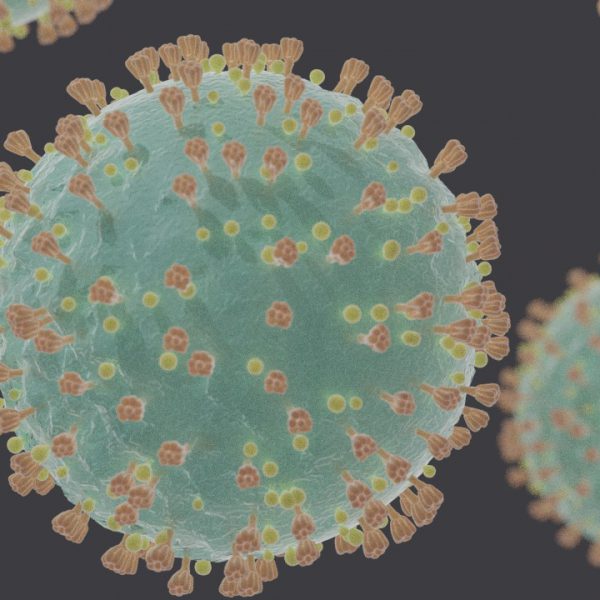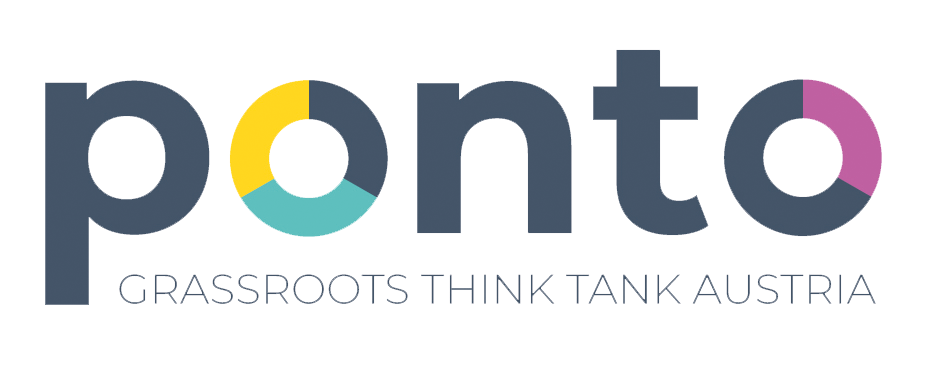
Following our first digital event on global health and crisis management in April 2020 the following article further explores the lack of global preparedness to this pandemic and introduces a two-fold policy recommendation encompassing a top-down and bottom-up approach.
COVID-19 is the first pandemic of this magnitude in our generation and is forcing nation states around the world to drastic courses of action. With almost 1/3 of the world’s population in lockdown, the global lack of preparedness to a crisis such as this has become evident. While scientists warn about the recurrence of global health crises, a general preparedness must be adopted not only on a global but also a regional level, especially in areas with insufficient or no health infrastructure.
The disaster management cycle consists of four key phases: preparedness, response, recovery, and prevention. Usually, we exist primarily in the ‘response’ phase which occurs after an event, such as a natural disaster or disease outbreak, has occurred. While it is necessary and sensible to respond to such crises, it is ultimately insufficient to only respond but not adequately prepare for these types of events. In order to not be blindsided by future catastrophes, increased capacity building and preparedness is crucial. As COVID-19 is spreading slowly to places like war-torn Yemen and throughout Sub-Saharan Africa, we are left wondering how drastically these regions will be affected. These areas cannot expect nearly the amount of aid from other states they might require to combat this outbreak because those states are either at their own limits or isolating themselves.
We are seeing national responses to this pandemic, but what is evident is a lack of a global coordinated response. Despite the fact that COVID-19 places a huge burden on health and human safety, the UN Commision has been rather quiet on this matter. At this point there has not been a UN emergency response for this outbreak, such as the response to Ebola with UNMEER (United National Mission for Ebola Emergency Response) or HIV/AIDS with UNAIDS (Joint United Nations Programme on HIV/AIDS). So far, the World Health Organization has been the main UN agency communicating on this crisis. While it has been a vital provider on general guidelines for states to act upon, it still cannot fill the void of a common global emergency plan.
Based on this information, we are in favor of a well-rounded and holistic approach. This approach will encompass both bottom-up as well as top-down measures as we believe a hybrid approach is the best fit for a sustainable and promising outcome.
Being the specialized UN agency dealing with international public health, the WHO has only as much influence as the member states allow it to have. Therefore, their role as facilitator in international public health response is limited and confined by funding and UN laws. However, as an international organisation the WHO is in the best place to act as an impartial actor if given more authority in order to centrally overview global movements of medical resources and monitoring data necessary to not only combat outbreaks but also prevent them. Furthermore, a committed “health fund” would not only encompass these material resources such as medical equipment and testing kits but also would have a dedicated fund for research into preparedness. This way the WHO, in accordance with UN member states, can actively work on tactics for a global action plan of disease prevention.
Additionally, more funding for the WHO and its programmes would allow the creation of a committed international medical team – the ‘health helmets’ – an equivalent to the UN blue helmets. This could be achieved by requiring UN member states to recruit a certain number of medical personnel to take part in this endeavour allowing an inclusive, equal engagement of all member states. These so-called health helmets would provide a twofold objective: on the one hand it would allow the WHO to send out emergency medical teams to areas in urgent need, and on the other hand these teams would act as a training programme in various regions of the world with insufficient health infrastructure.
This leads us to the bottom-up recommendations. Multiple studies [1] [2] [3] suggest that in order to achieve sustainable results local actors must not only be consulted but actively included in the process. This would come in two steps: Firstly, the health helmets would aid local organisations, universities and hospitals to strengthen and widen their capacities by exchanging best practices and medical resources. This will allow areas with insufficient health infrastructures a chance of handling future outbreaks or endemic diseases more autonomously. In a second step, these local organisations then can reach the general population as they are better equipped to understand the needs of the locals best. Thus, empowering the population through education. Empowering communities in this manner will be accompanied by various other positive results such as trust-building between the public and medical personnel and a better health education among the general public. This will also indirectly further gender equality by providing education on the human body and providing new jobs and formal training for doctors, midwives and nurses.
If there is one lesson on the global scale that we can take away from the COVID-19 pandemic is that we need an improved and cooperative global health response. Putting more time and funds in the preparedness phase is a key to optimizing our global response to pandemics or other global health crises. By adopting a hybrid approach, we can ensure people across all nations have strengthened capacity and resilience to future crises. In such a globalized world as we live in today, it is inevitable that we will begin to see more crises that affect more of the world. Therefore, it is vital that we better prepare for disasters instead of simply waiting and reacting to them.
[1] https://www.peacedirect.org/us/wp-content/uploads/sites/2/2020/03/PD-Policy-Positionv9-1.pdf
[2] https://www.unhcr.org/innovation/wp-content/uploads/2017/10/wp94-two-worlds-humanitarian-innovation-2013.pdf
[3] https://ssir.org/articles/entry/the_future_of_humanitarian_action_is_local
Disclaimer: This text was written in the beginning of April. Certain data and numbers may have been subjected to change since then.
Fotocredit Title: Wikimedia Commons

Cristina Mazzone has a BA in Political Science with International Relations from Kent State University and a MS in International Disaster Management from The University of Manchester. She has worked on responses to several disasters, including the 2015 Nepal earthquake and hurricanes Harvey, Irma and Maria in 2017 in Texas and The Virgin Islands. Cristina has a special interest in emergency preparedness and mitigation and humanitarian logistics.

Ronya Alev has a B.A. in Political Science and Economics and a Masters in Peace and Conflict Studies from the University of Manchester. She has a special interest in human rights, conflict analysis and humanitarian interventions. She is currently working as a research assistant, is involved with Respekt.net and is a board member of Ponto.

1 Comment. Leave new
A good read, thanks! The ‘window of opportunity’ that occurs while governmental, organisational and media outlet attention is on covid-19, and pandemics in general, during and shortly after this crisis will be paramount for improving preparedness and infrastructure in the coming years. Whether we take that opportunity is yet to be seen. . . Hopefully the international response (hopefully spearheaded by a future UN initiative) for countries with limited health infrastructure will be swift, despite the pressure and difficulties other governments find themselves in.